Home>Gardening & Outdoor>Outdoor Recreation & Activities>How To Organize A Camping Gear
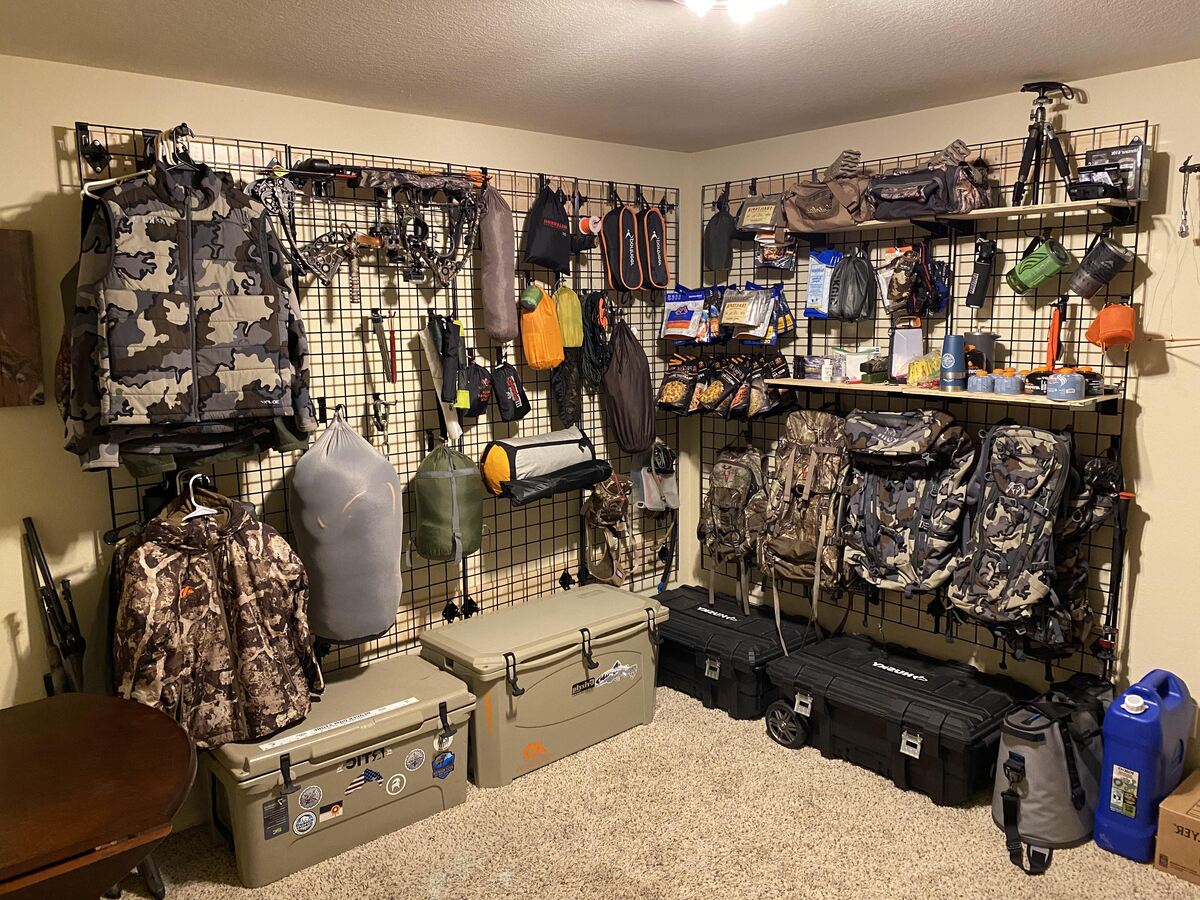

Outdoor Recreation & Activities
How To Organize A Camping Gear
Modified: May 6, 2024
Learn how to efficiently organize your camping gear for your next outdoor adventure. Discover tips and tricks for storing and packing your equipment.
(Many of the links in this article redirect to a specific reviewed product. Your purchase of these products through affiliate links helps to generate commission for Storables.com, at no extra cost. Learn more)
Essential Camping Gear
When it comes to organizing a camping trip, having the right essential camping gear is crucial. Whether you're a seasoned outdoor enthusiast or a novice camper, having the right equipment can make or break your experience in the great outdoors. Here's a comprehensive list of essential camping gear that you should consider packing for your next adventure.
-
Tent: A sturdy and weather-resistant tent is a must-have for any camping trip. Look for a tent that is easy to set up and provides ample space for you and your fellow campers.
-
Sleeping Bag: A high-quality sleeping bag will ensure a comfortable night's sleep, even in the chilliest of conditions. Consider the temperature rating of the sleeping bag to ensure it's suitable for the climate of your camping destination.
-
Sleeping Pad: A sleeping pad provides insulation and cushioning, making it an essential item for a good night's sleep. Look for a lightweight and compact sleeping pad that is easy to transport.
-
Camp Stove: Cooking over an open fire is a classic camping experience, but a reliable camp stove can make meal preparation much easier. Look for a portable stove that is easy to use and fuel-efficient.
-
Cookware: A set of lightweight and durable cookware, including pots, pans, and utensils, is essential for preparing meals at the campsite. Look for nesting cookware sets to save space in your pack.
-
Headlamp/Flashlight: A reliable source of light is essential for navigating the campsite at night. A headlamp allows for hands-free illumination, while a flashlight is a versatile tool for various camping tasks.
-
First Aid Kit: Accidents can happen, so it's important to have a well-stocked first aid kit on hand. Include essentials such as bandages, antiseptic wipes, pain relievers, and any necessary medications.
-
Multi-Tool: A multi-tool is a versatile and compact tool that can come in handy for various tasks around the campsite. Look for a multi-tool with features such as a knife, pliers, screwdriver, and bottle opener.
-
Water Filtration System: Access to clean drinking water is essential for any camping trip. A portable water filtration system or water purification tablets can ensure that you have a safe and reliable water source.
-
Navigation Tools: Depending on your camping destination, navigation tools such as a map, compass, or GPS device are essential for staying on course during hikes or explorations.
By ensuring that you have these essential camping gear items packed and organized, you can set yourself up for a successful and enjoyable outdoor adventure. Each item plays a crucial role in ensuring your comfort, safety, and overall camping experience.
Key Takeaways:
- Essential camping gear, such as a sturdy tent, sleeping bag, and cookware, is crucial for a successful outdoor adventure. Packing light, using multi-functional gear, and organizing by category can streamline the packing process and enhance the camping experience.
- Setting up camp efficiently, including pitching the tent, creating a cooking area, and respecting the environment, contributes to a comfortable and harmonious outdoor experience. Prioritizing safety, first aid, and cleanliness ensures a secure and enjoyable camping trip.
Read more: How To Store Camping Gear
Packing Tips
Packing for a camping trip can be a daunting task, but with the right approach, you can efficiently organize your gear and essentials for a smooth outdoor adventure. Here are some essential packing tips to help you make the most of your camping experience:
-
Make a Checklist: Before you start packing, create a comprehensive checklist of all the items you'll need for your camping trip. This will help you stay organized and ensure that you don't forget any essential gear.
-
Pack Light: While it's important to have all the necessary gear, it's also crucial to pack light, especially if you'll be hiking to your campsite. Choose lightweight and compact versions of your camping essentials to minimize the weight of your pack.
-
Use Packing Cubes or Compression Sacks: Packing cubes or compression sacks can help you maximize space in your backpack or duffel bag. These organizational tools can keep your clothing and gear neatly packed and easily accessible.
-
Consider the Weather: Check the weather forecast for your camping destination and pack accordingly. Be prepared for changes in weather by bringing layers, rain gear, and extra insulation if needed.
-
Prioritize Essential Items: When packing, prioritize essential items such as shelter, sleeping gear, and cooking supplies. These are the core components of your camping experience, so make sure they are easily accessible in your pack.
-
Utilize Multi-Functional Gear: Look for gear and equipment that serves multiple purposes. For example, a multi-tool with various functions can help you save space and reduce the number of individual items you need to pack.
-
Organize by Category: Group similar items together and pack them in separate compartments or bags. For example, keep cooking supplies in one bag, clothing in another, and personal items in a separate pouch for easy access.
-
Minimize Waste: Reduce packaging and waste by repackaging food and other supplies into reusable containers. This not only saves space but also minimizes the amount of trash you'll need to manage at the campsite.
-
Distribute Weight Evenly: When packing your backpack, distribute the weight evenly to ensure balance and comfort while hiking to your campsite. Heavier items should be packed closer to your back and centered in the pack.
-
Test Your Pack: Once you've packed your gear, take some time to test the weight and comfort of your pack. Make adjustments as needed to ensure a comfortable fit and proper weight distribution.
By following these packing tips, you can streamline the packing process and ensure that you have all the necessary gear and essentials for a successful camping trip. Efficient packing will not only make your outdoor adventure more enjoyable but also contribute to a more organized and stress-free experience at the campsite.
Setting Up Camp
Setting up camp is an essential part of the camping experience, and proper preparation and organization can make a significant difference in your overall comfort and enjoyment. Here's a detailed guide on how to efficiently set up your campsite for a successful outdoor adventure:
-
Selecting a Campsite: Choose a suitable location for your campsite, considering factors such as level ground, proximity to water sources, and natural shelter from wind and inclement weather. Look for designated camping areas or follow Leave No Trace principles when selecting a site in the backcountry.
-
Pitching the Tent: When setting up your tent, ensure that the area is clear of rocks, branches, and other debris that could damage the tent floor. Follow the manufacturer's instructions for pitching the tent, securing the stakes, and properly tensioning the rainfly to provide adequate protection from the elements.
-
Creating a Cooking Area: Establish a designated area for cooking and food preparation, keeping it separate from the sleeping and living areas. Use a camp stove or set up a safe and controlled campfire, following all local regulations and guidelines for fire safety.
-
Organizing Gear: Keep your camping gear organized within the tent or in a designated area outside. Utilize storage solutions such as gear lofts, hanging organizers, and stuff sacks to keep essential items easily accessible while minimizing clutter in the living space.
-
Setting Up Sleeping Arrangements: Arrange sleeping pads and sleeping bags within the tent, ensuring that each camper has a comfortable and insulated sleeping area. Consider using inflatable sleeping pads or foam pads for added comfort and insulation from the ground.
-
Establishing a Campfire Ring or Fire Pit: If permitted, create a safe and contained campfire ring or fire pit for evening campfires. Clear the area of flammable debris, and ensure that the fire is attended at all times. Extinguish the fire completely before leaving the campsite or retiring for the night.
-
Hanging a Bear Bag or Using Bear Canisters: In bear country, take precautions to secure food and scented items by hanging a bear bag from a tree or using bear-resistant canisters. This helps prevent wildlife encounters and keeps your campsite safe for both you and the local wildlife.
-
Creating a Comfortable Outdoor Living Space: Arrange camp chairs, a portable table, and other outdoor furniture to create a comfortable living space outside the tent. This area can serve as a gathering space for meals, relaxation, and socializing with fellow campers.
-
Respecting the Environment: Practice Leave No Trace principles by minimizing your impact on the natural surroundings. Pack out all trash, avoid damaging vegetation, and leave the campsite in the same or better condition than you found it.
By following these steps and guidelines for setting up camp, you can ensure that your campsite is organized, safe, and conducive to a memorable outdoor experience. Proper campsite setup contributes to a more enjoyable and harmonious interaction with nature while promoting a sense of responsibility for the outdoor environment.
Campsite Organization
Organizing your campsite efficiently is essential for a comfortable and enjoyable outdoor experience. Proper campsite organization not only enhances convenience but also contributes to safety and environmental responsibility. Here's a detailed guide on how to effectively organize your campsite for a successful camping trip:
-
Designate Zones: Divide your campsite into specific zones for different activities such as cooking, sleeping, and relaxation. This helps create a sense of order and ensures that each area serves its intended purpose without encroaching on others.
-
Cooking Area: Establish a dedicated space for cooking and food preparation, ideally away from the sleeping and living areas. Use a portable camp stove or set up a safe campfire ring for cooking. Keep cooking supplies and utensils organized in a compact and easily accessible manner.
-
Storage Solutions: Utilize storage solutions such as gear lofts, hanging organizers, and stuff sacks to keep camping gear and essentials organized. This not only minimizes clutter within the living space but also ensures that items are readily available when needed.
-
Tidy Living Space: Keep the living space within the campsite tidy and organized. Arrange camping chairs, a portable table, and other outdoor furniture to create a comfortable and inviting space for relaxation and socializing.
-
Clear Pathways: Maintain clear pathways within the campsite to facilitate movement between different areas. This is particularly important during nighttime to prevent tripping hazards and ensure easy navigation.
-
Waste Management: Implement a waste management system to keep the campsite clean and organized. Use designated trash bags or containers to collect and store waste, and ensure that all trash is properly disposed of according to Leave No Trace principles.
-
Personal Items: Encourage campers to keep their personal items organized within the tent or designated storage areas. This helps prevent clutter and ensures that everyone's belongings are easily accessible.
-
Respect Nature: Practice environmental responsibility by respecting the natural surroundings of the campsite. Avoid damaging vegetation, minimize disturbance to wildlife, and leave the campsite in the same or better condition than you found it.
By implementing these campsite organization strategies, you can create a well-structured and harmonious camping environment. An organized campsite not only enhances the overall camping experience but also fosters a sense of responsibility towards the natural environment, ensuring that future campers can enjoy the same pristine outdoor settings.
Use clear plastic bins to organize and store your camping gear. Label each bin with the contents to easily find what you need. This will keep your gear clean, dry, and easy to transport.
Food and Cooking Supplies
When it comes to camping, food and cooking supplies are essential for sustaining energy and enjoying delicious meals in the great outdoors. Proper organization and preparation of food and cooking supplies can significantly enhance the camping experience. Here's a detailed guide on how to effectively manage food and cooking supplies for a successful camping trip:
-
Meal Planning: Before embarking on your camping trip, plan your meals and create a detailed shopping list of the necessary ingredients. Consider easy-to-prepare meals that require minimal cooking equipment and ingredients that can withstand outdoor conditions.
-
Portable Cooler or Food Bins: Invest in a high-quality portable cooler or food bins to store perishable items such as meat, dairy products, and fresh produce. Use ice packs or block ice to keep the cooler contents cold and ensure food safety.
-
Non-Perishable Food Items: Pack non-perishable food items such as canned goods, dried fruits, nuts, granola bars, and dehydrated meals. These items serve as convenient backup options and can be easily stored in your camping gear.
-
Cooking Equipment: Select lightweight and compact cooking equipment such as a portable camp stove, fuel canisters, and a set of nesting cookware. Consider the number of campers and the types of meals you plan to prepare when choosing cooking supplies.
-
Utensils and Cooking Tools: Pack essential utensils and cooking tools including a spatula, cooking spoon, sharp knife, cutting board, and a can opener. Opt for multi-functional utensils to minimize the number of items you need to pack.
-
Food Preparation Area: Designate a specific area for food preparation and cooking within the campsite. Keep this area separate from the sleeping and living spaces to maintain hygiene and safety.
-
Cleaning Supplies: Pack biodegradable soap, a sponge, and a dish towel for cleaning cooking utensils and cookware. Proper cleaning and sanitation are crucial for preventing foodborne illnesses in the wilderness.
-
Waste Management: Implement a waste management system for food scraps and packaging. Use designated trash bags or containers to collect food waste and ensure that all waste is properly disposed of according to Leave No Trace principles.
-
Mealtime Organization: Establish a routine for meal preparation and cleanup to ensure that cooking and dining activities are organized and efficient. Encourage campers to take turns in meal preparation and cleanup duties to distribute responsibilities.
By effectively managing food and cooking supplies, you can ensure that meals are enjoyable, nutritious, and safely prepared during your camping trip. Proper organization and preparation contribute to a seamless and satisfying culinary experience in the outdoor setting.
Read more: How To Store Backpacking Gear
Safety and First Aid
Ensuring safety and having a well-equipped first aid kit are paramount for any camping trip. Here's a comprehensive guide on how to prioritize safety and first aid preparations for a successful and secure outdoor adventure:
-
First Aid Kit: A well-stocked first aid kit is essential for addressing minor injuries and medical needs during camping. Include items such as adhesive bandages, gauze pads, antiseptic wipes, tweezers, scissors, adhesive tape, and over-the-counter medications for pain relief, allergies, and stomach issues.
-
Personal Medications: If any campers require prescription medications, ensure an adequate supply for the duration of the trip. Keep medications in their original containers and store them in a secure and accessible location.
-
Emergency Contacts: Compile a list of emergency contacts including local emergency services, park rangers, and nearby medical facilities. Share this information with all campers and ensure that it is easily accessible in case of an emergency.
-
CPR and First Aid Training: Consider obtaining CPR and first aid training before the camping trip. Having knowledge of basic first aid procedures and CPR techniques can be invaluable in emergency situations.
-
Safety Equipment: Pack essential safety equipment such as a whistle, signaling mirror, and a multi-purpose tool with a knife and scissors. These items can be crucial for signaling for help and addressing various emergency scenarios.
-
Fire Safety: Familiarize yourself with fire safety protocols and regulations for the camping area. Ensure that campfires are built and maintained in accordance with local guidelines and always have a means to extinguish the fire completely.
-
Insect Protection: Protect against insect bites and stings by packing insect repellent and anti-itch creams. Additionally, consider wearing long-sleeved clothing and using mosquito netting to minimize exposure to insects.
-
Sun Protection: Prevent sunburn and heat-related illnesses by packing sunscreen, sunglasses, and wide-brimmed hats. Encourage campers to stay hydrated and seek shade during peak sun exposure hours.
-
Navigation and Communication: Carry a map, compass, or GPS device to aid navigation and prevent getting lost. Additionally, ensure that at least one member of the camping party has a fully charged mobile phone for emergency communication.
By prioritizing safety and first aid preparations, you can mitigate potential risks and ensure a secure and enjoyable camping experience for all participants. Being proactive in safety measures and first aid readiness contributes to a sense of confidence and preparedness in the face of unforeseen challenges in the wilderness.
Cleaning and Maintenance
Maintaining cleanliness and tidiness at the campsite is essential for a comfortable and hygienic outdoor experience. Additionally, proper maintenance of camping gear and equipment ensures their longevity and functionality. Here's a detailed guide on how to effectively manage cleaning and maintenance tasks during your camping trip:
-
Campsite Cleanup: Designate specific times for campsite cleanup, including daily tidying and waste disposal. Encourage campers to pick up trash and maintain a clean environment to minimize the impact on the natural surroundings.
-
Dishwashing Station: Set up a dedicated dishwashing station with biodegradable soap, a sponge, and a dish towel. Establish a routine for cleaning cookware and utensils after meals to prevent food residue and odors.
-
Gear Maintenance: Regularly inspect and maintain camping gear such as tents, sleeping bags, and backpacks. Address any minor repairs or damages promptly to prevent them from worsening during the trip.
-
Footwear Care: Keep footwear clean and dry to prevent discomfort and potential foot issues. Remove dirt and debris from hiking boots and shoes, and allow them to air out to prevent moisture buildup.
-
Clothing Management: Organize and store clothing items in separate compartments or bags to prevent them from mixing with dirty or damp gear. Consider using a portable clothesline to air out wet clothing and towels.
-
Tent Care: Keep the interior of the tent clean and free of debris. Shake out sleeping bags and sleeping pads to remove dirt and moisture before storing them inside the tent.
-
Fire Ring Maintenance: If using a campfire ring, clear out ash and debris after each use. Ensure that the fire ring is left in a clean and safe condition for future campers.
-
Gear Inspection: Conduct regular inspections of camping gear to identify any signs of wear, tear, or damage. Address any issues promptly to prevent equipment failure during the trip.
-
Personal Hygiene: Encourage campers to maintain personal hygiene by using biodegradable toiletries and disposing of waste properly. Designate a specific area for personal hygiene activities to maintain cleanliness at the campsite.
-
Environmental Responsibility: Practice Leave No Trace principles by minimizing your impact on the natural environment. Pack out all trash, avoid damaging vegetation, and leave the campsite in a pristine condition.
By effectively managing cleaning and maintenance tasks, you can ensure a clean, organized, and well-maintained campsite. Proper care and maintenance of camping gear and the surrounding environment contribute to a positive and responsible outdoor experience for all participants.
Storage and Transportation
Efficient storage and transportation of camping gear are crucial for a smooth and organized outdoor adventure. Properly organizing and securing your gear not only ensures that essential items are readily accessible but also contributes to safety and convenience during travel. Here's a detailed guide on how to effectively manage storage and transportation of camping gear:
-
Packing Organization: Utilize storage containers, duffel bags, and backpacks to compartmentalize and organize camping gear. Group similar items together, such as cooking supplies, clothing, and personal items, to facilitate easy access and minimize clutter during transportation.
-
Gear Lofts and Hanging Organizers: Maximize storage space within the tent by using gear lofts and hanging organizers. These accessories provide additional storage for small items, keeping them off the tent floor and organized within reach.
-
Vehicle Storage: If traveling by vehicle, consider utilizing roof racks, cargo boxes, or hitch-mounted carriers to transport larger camping gear such as tents, sleeping bags, and camp chairs. Secure items properly to prevent shifting or damage during transit.
-
Compact and Lightweight Gear: Opt for compact and lightweight versions of camping gear whenever possible. This not only minimizes the space required for storage but also reduces the overall weight for easier transportation, especially if hiking to the campsite.
-
Storage Compartments in Backpacks: Choose backpacks with multiple compartments and pockets to keep gear organized and easily accessible. Utilize compression straps to secure the load and distribute weight evenly for comfortable carrying.
-
Secure Straps and Tie-Downs: When transporting gear on vehicles or trailers, use secure straps and tie-downs to prevent shifting or dislodging during transit. Ensure that all items are tightly secured to avoid damage or loss.
-
Properly Storing Food and Supplies: Store food and cooking supplies in airtight containers or bear-resistant canisters to prevent wildlife intrusion. Keep these items separate from other gear to minimize odors and potential contamination.
-
Transportation of Water Containers: If carrying water containers, ensure they are securely sealed and positioned to prevent leaks or spills. Consider using collapsible water containers to save space when empty.
-
Gear Maintenance and Inspection: Before and after transportation, conduct thorough inspections of camping gear to identify any damage or issues. Address any concerns promptly to ensure that gear is in optimal condition for the camping trip.
-
Environmental Considerations: When transporting gear, be mindful of the environmental impact. Minimize waste and secure all items to prevent littering or accidental loss of gear during transportation.
By effectively managing storage and transportation of camping gear, you can ensure that essential items are organized, secure, and readily available for a successful outdoor adventure. Proper storage and transportation practices contribute to a seamless and enjoyable camping experience while promoting safety and environmental responsibility.
Now that you've got the basics on organizing camping gear, why stop there? Managing your equipment efficiently can make or break a camping trip. If you're looking to streamline your setup further, dive into our guide on the best camping storage options available. This comprehensive review will help you choose the right solutions to keep all your camping essentials secure and readily accessible, ensuring you're always prepared, no matter where your adventures take you.
Frequently Asked Questions about How To Organize A Camping Gear
Was this page helpful?
At Storables.com, we guarantee accurate and reliable information. Our content, validated by Expert Board Contributors, is crafted following stringent Editorial Policies. We're committed to providing you with well-researched, expert-backed insights for all your informational needs.
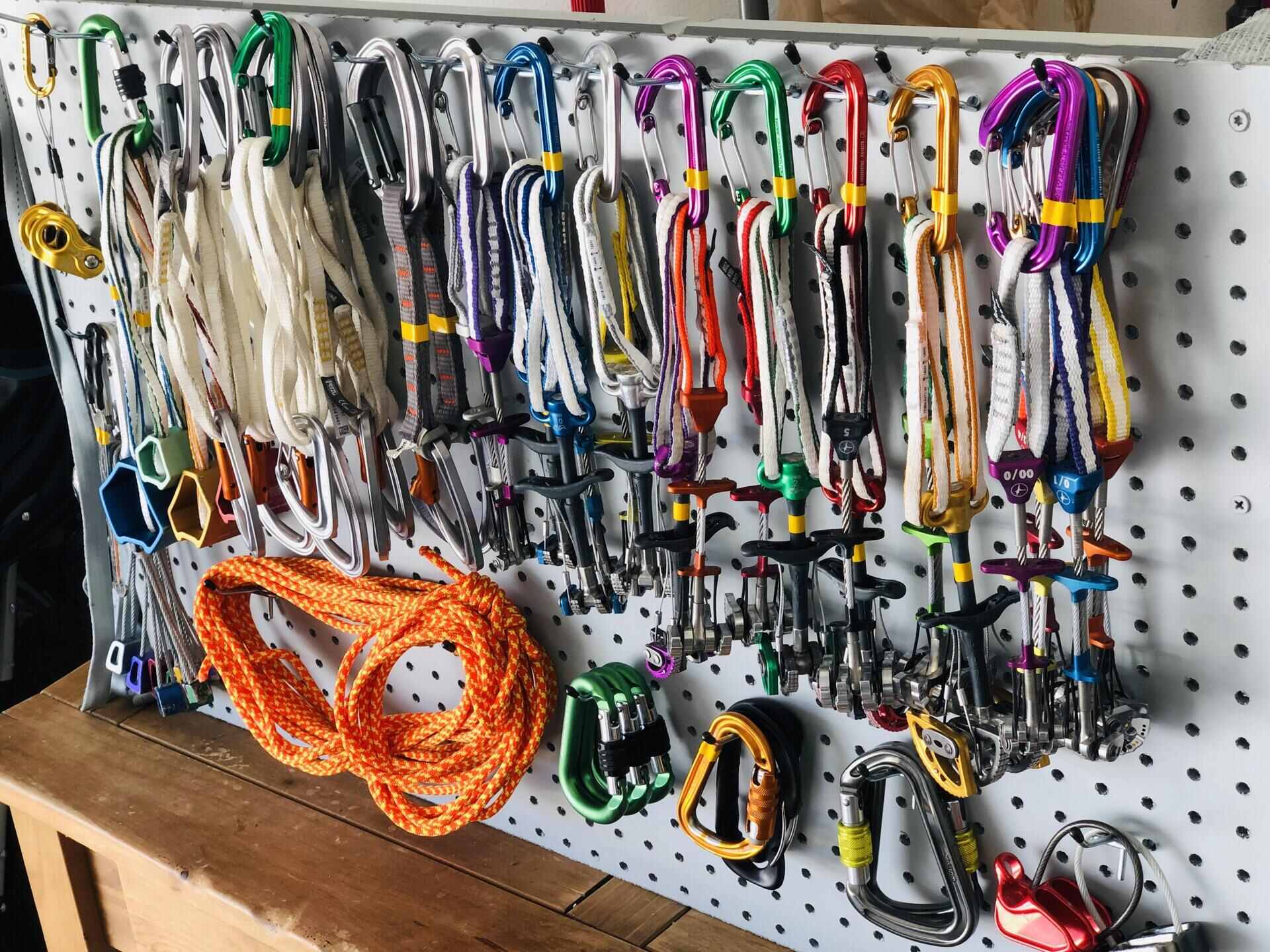
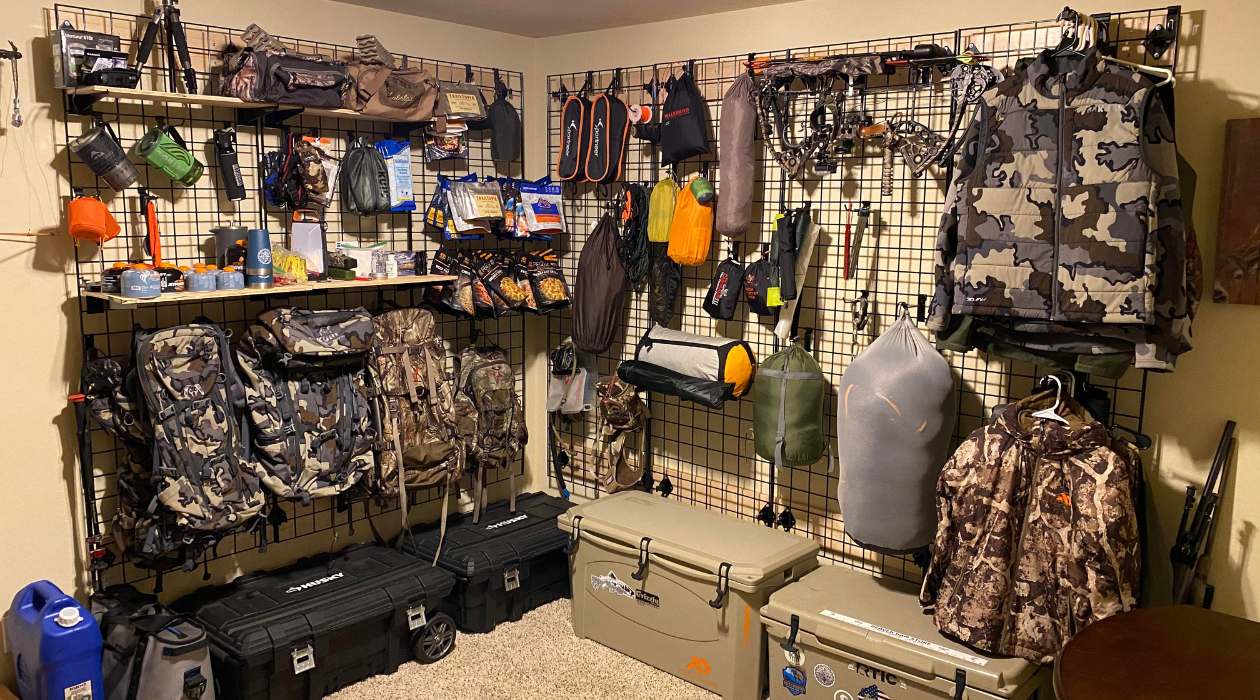
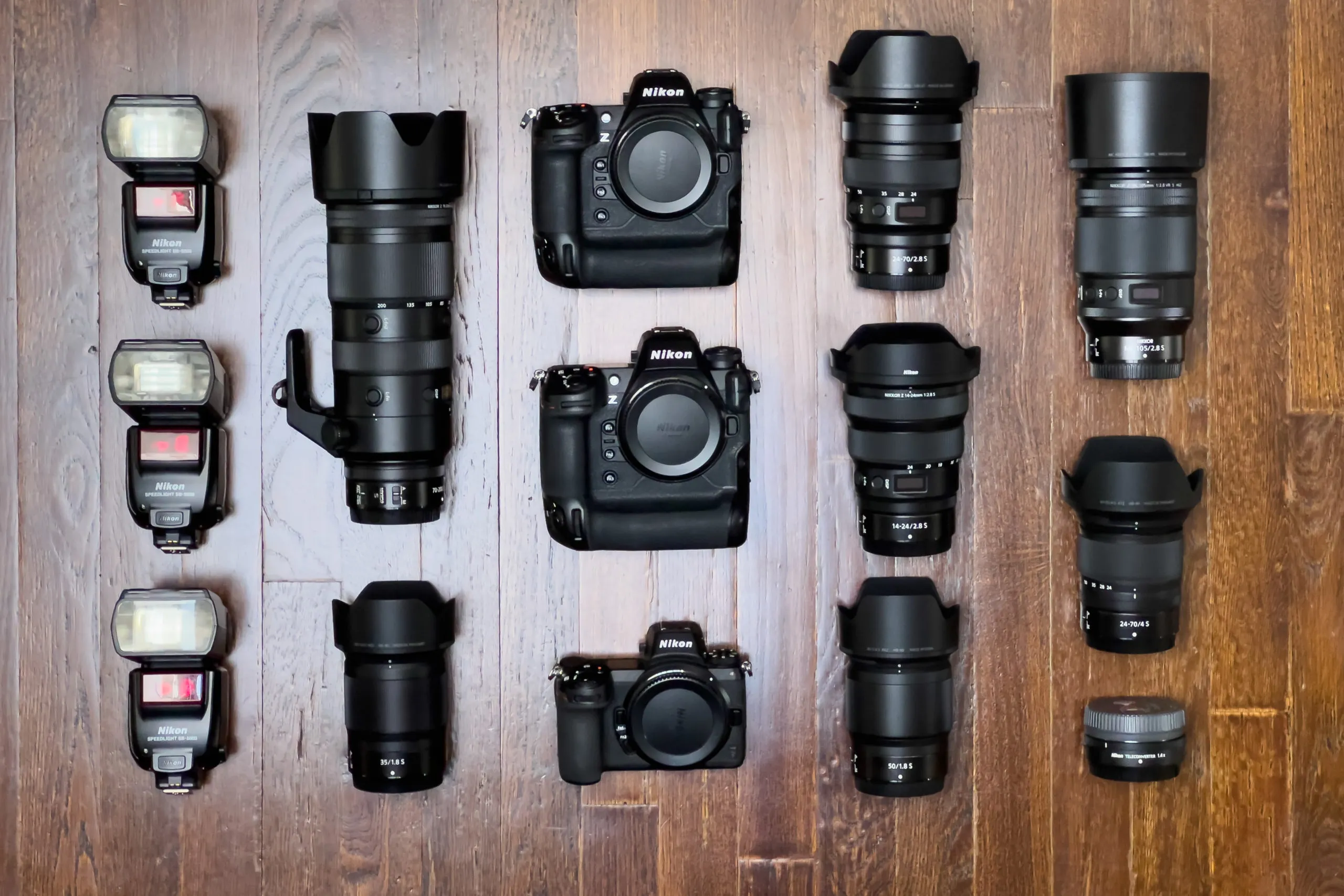
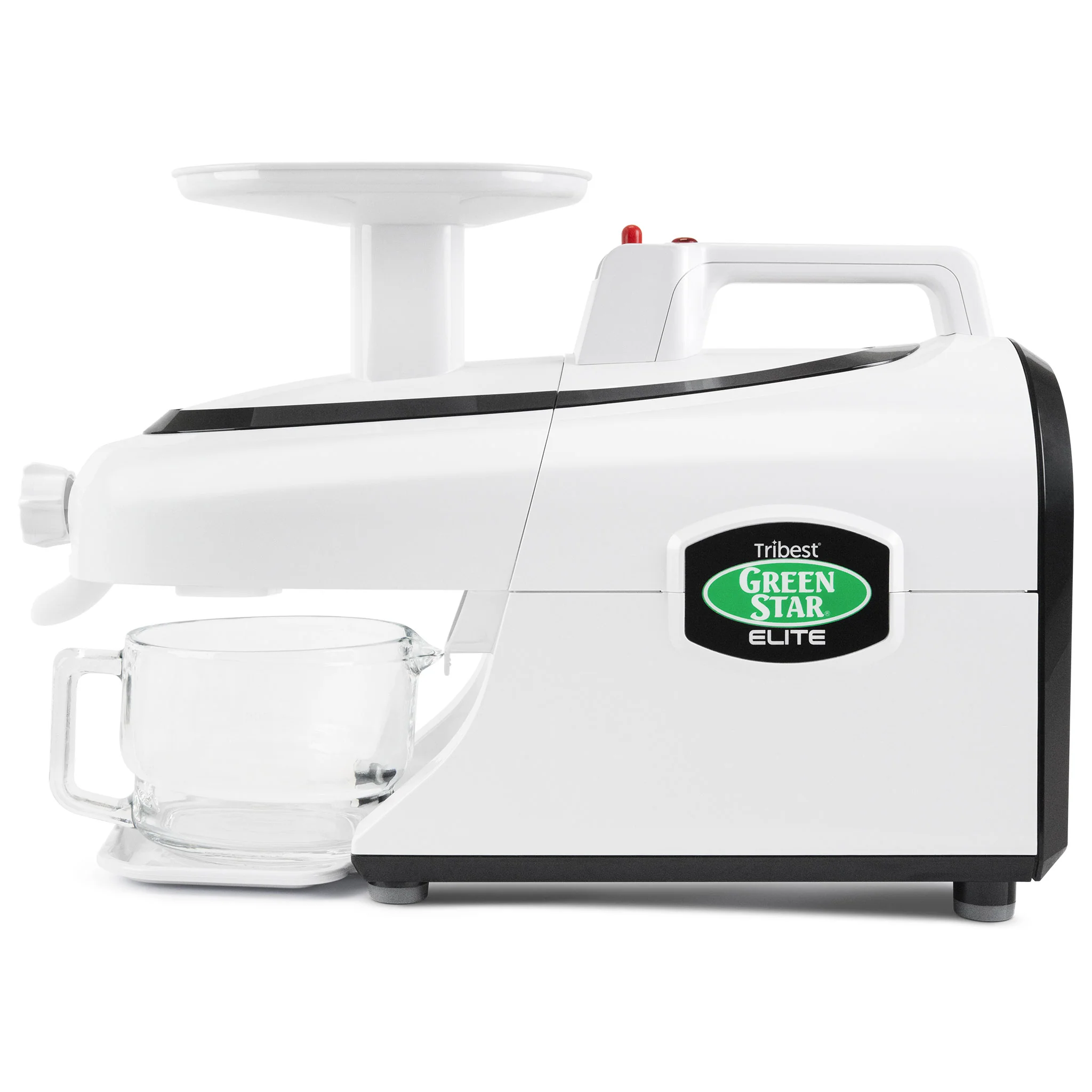
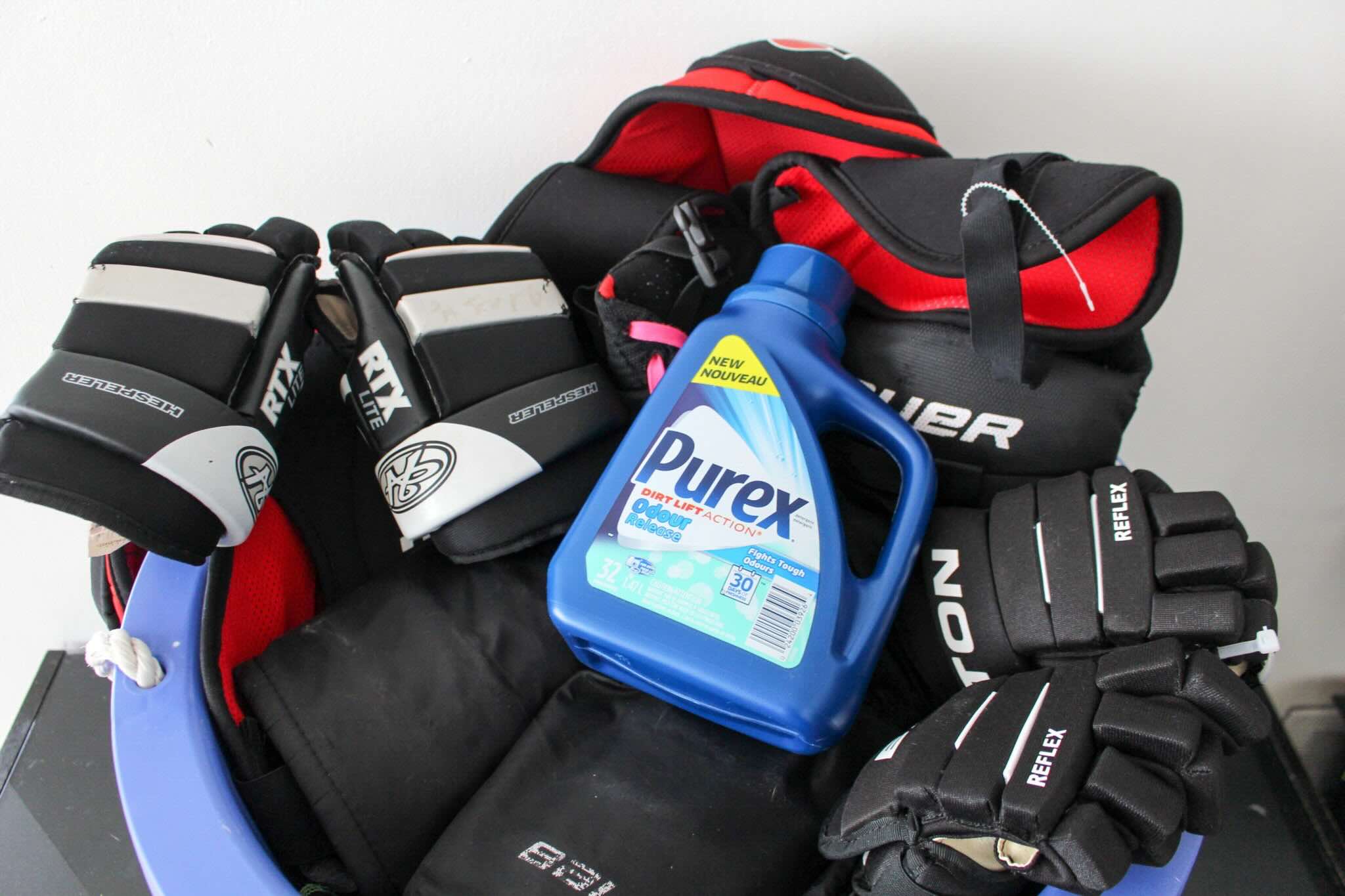
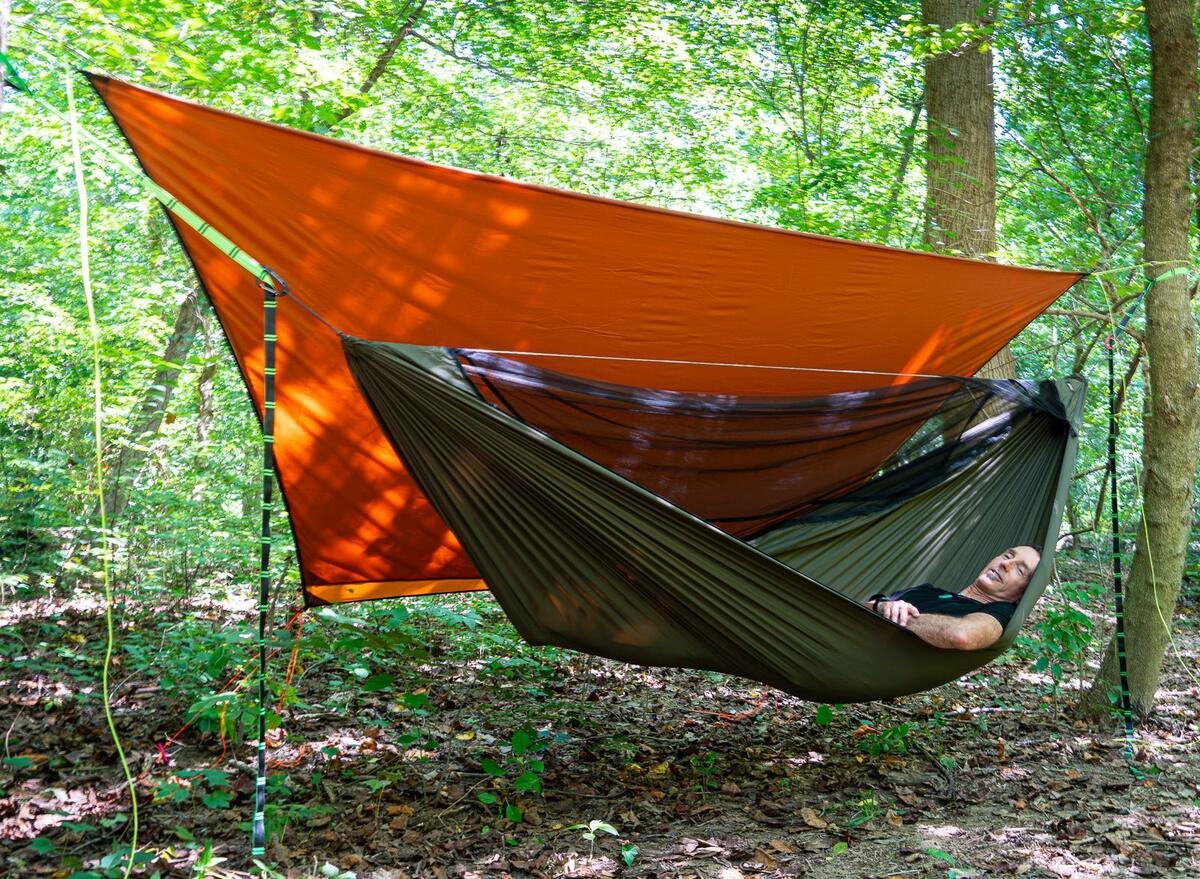
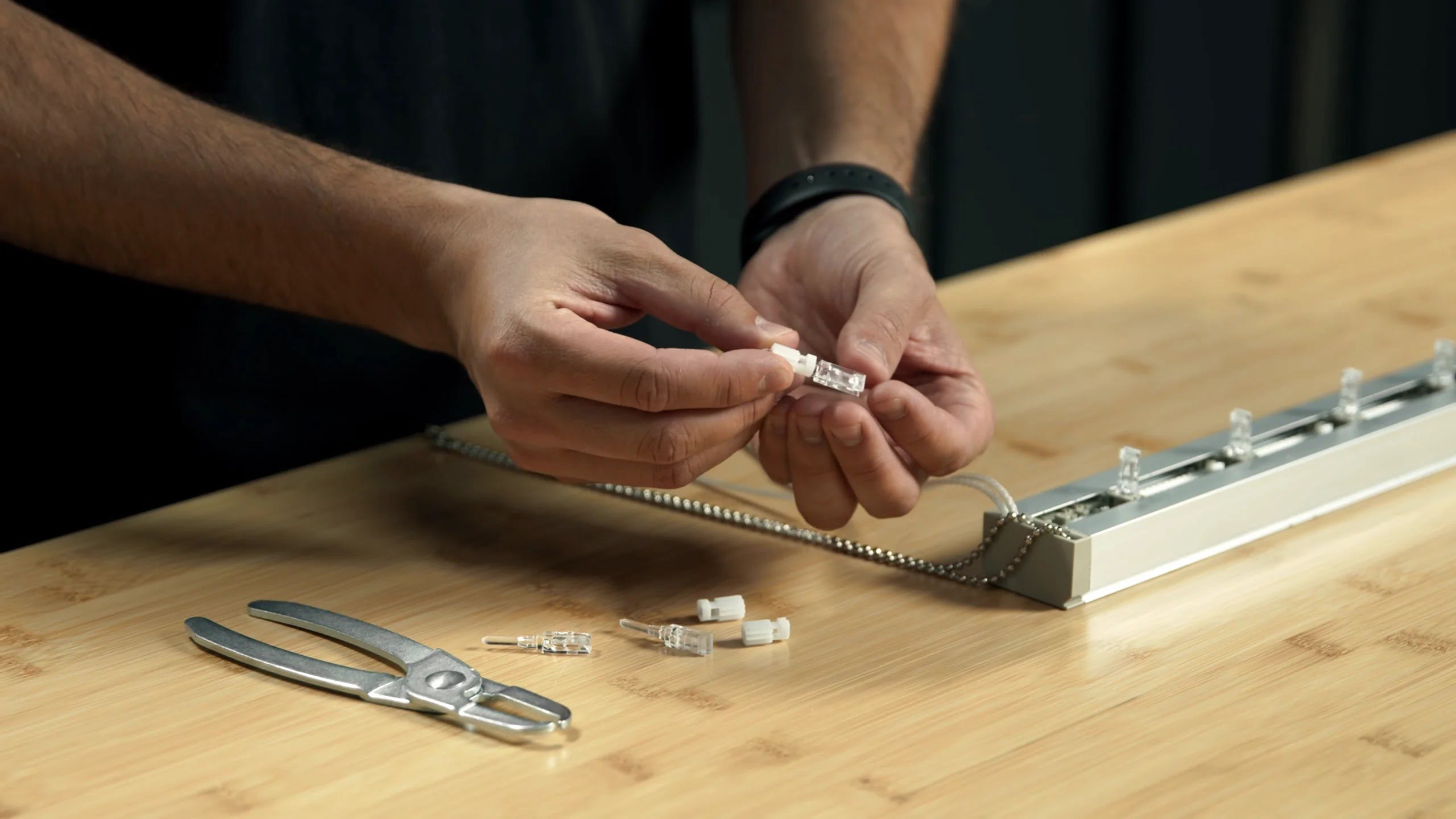
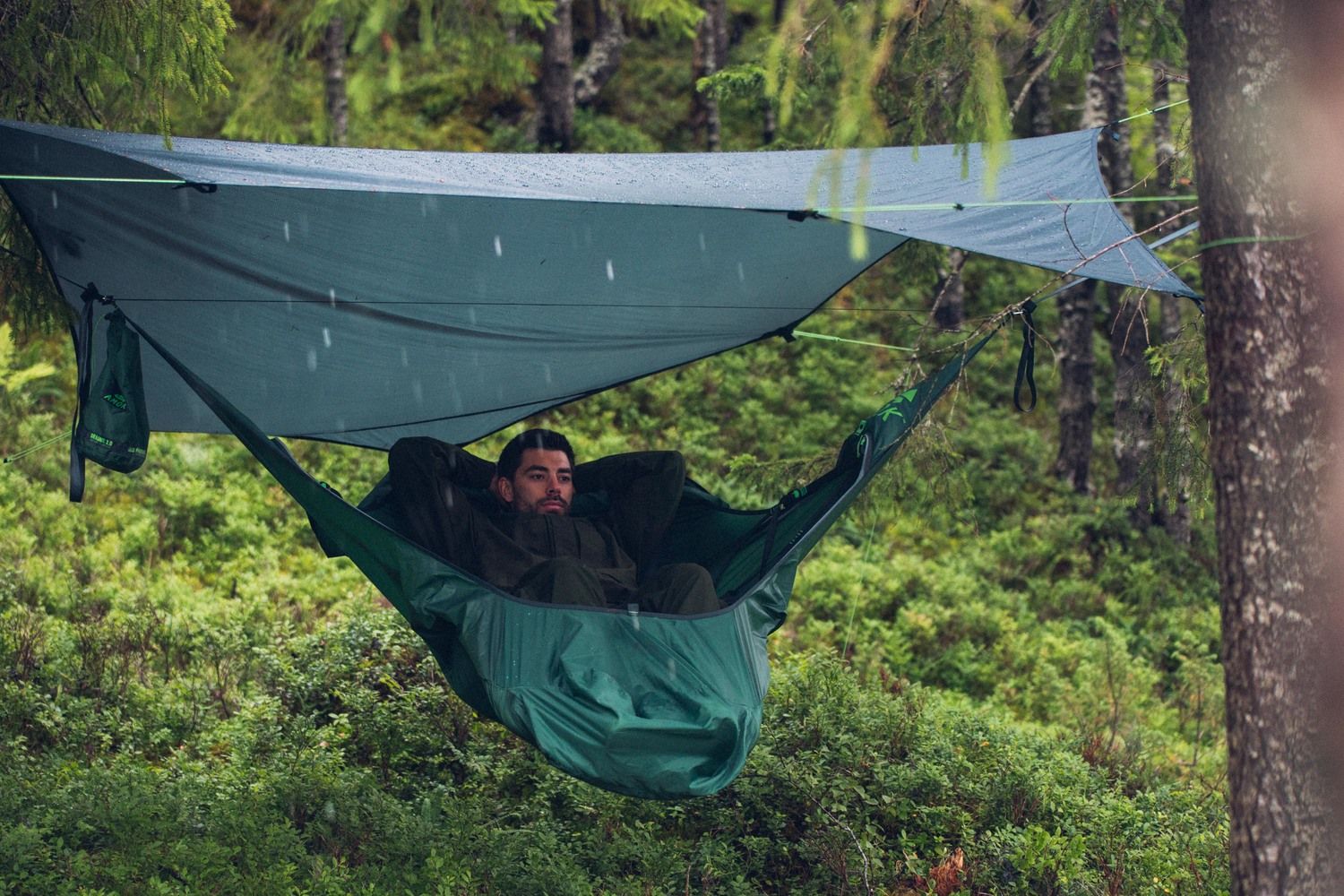
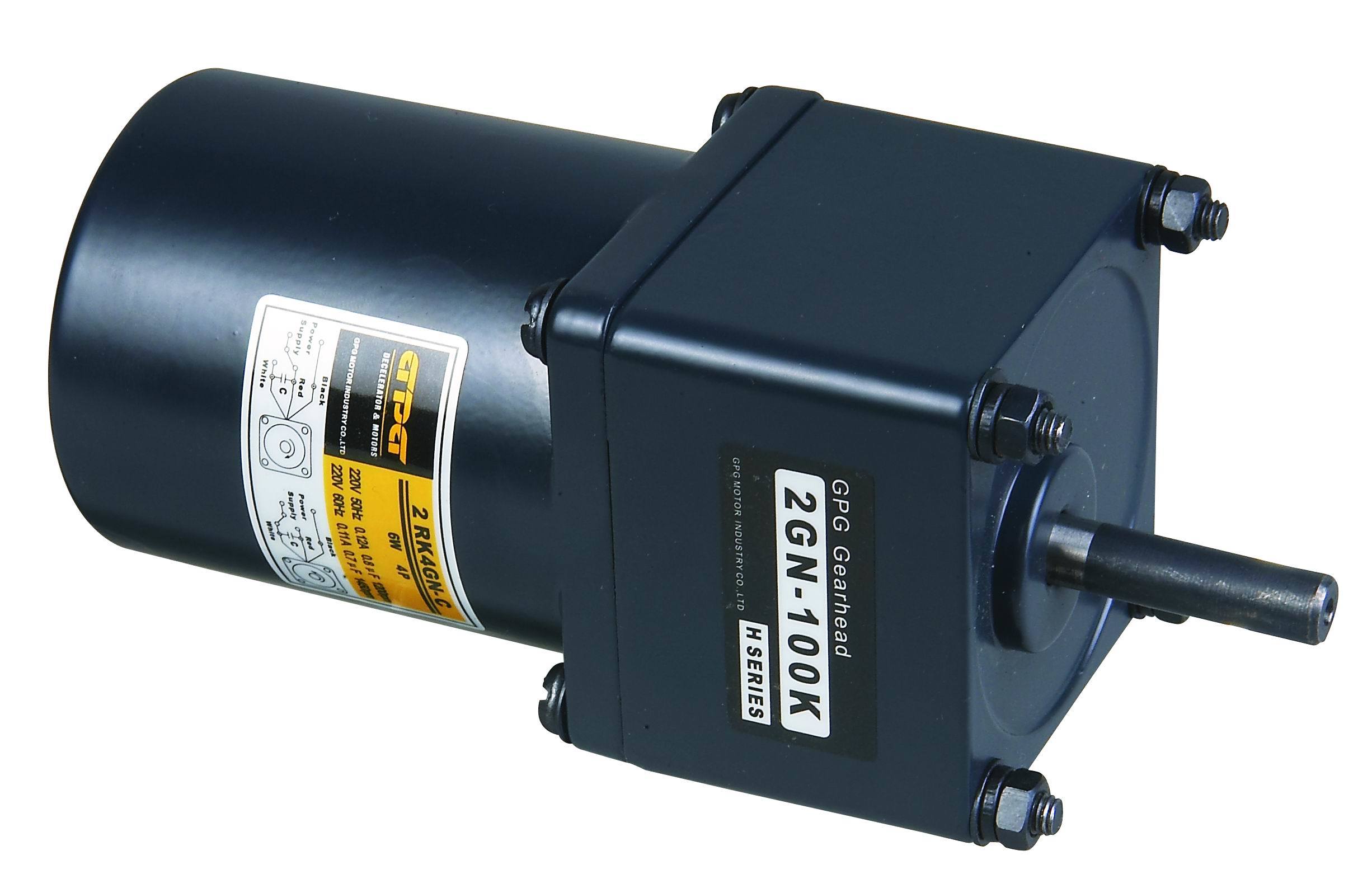
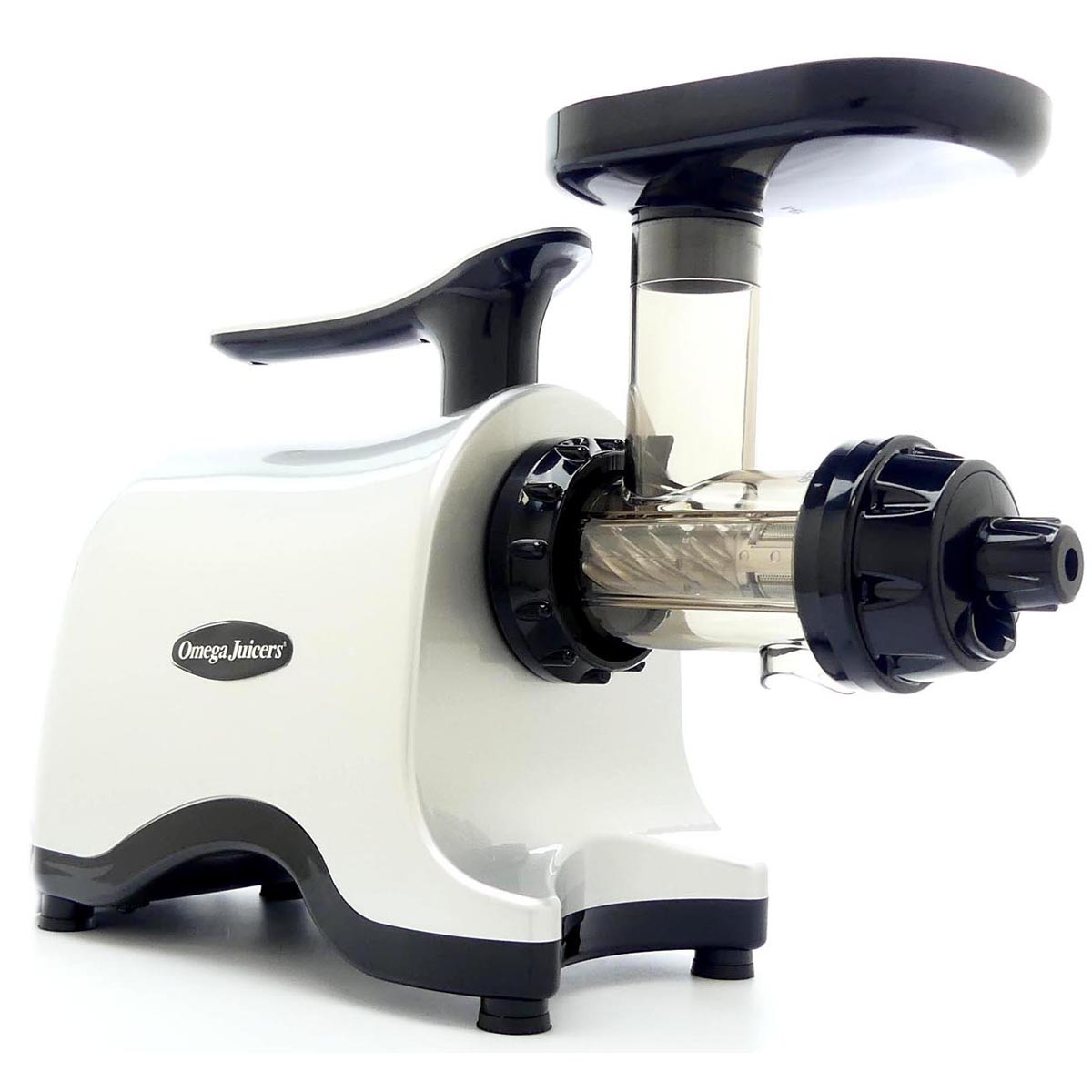
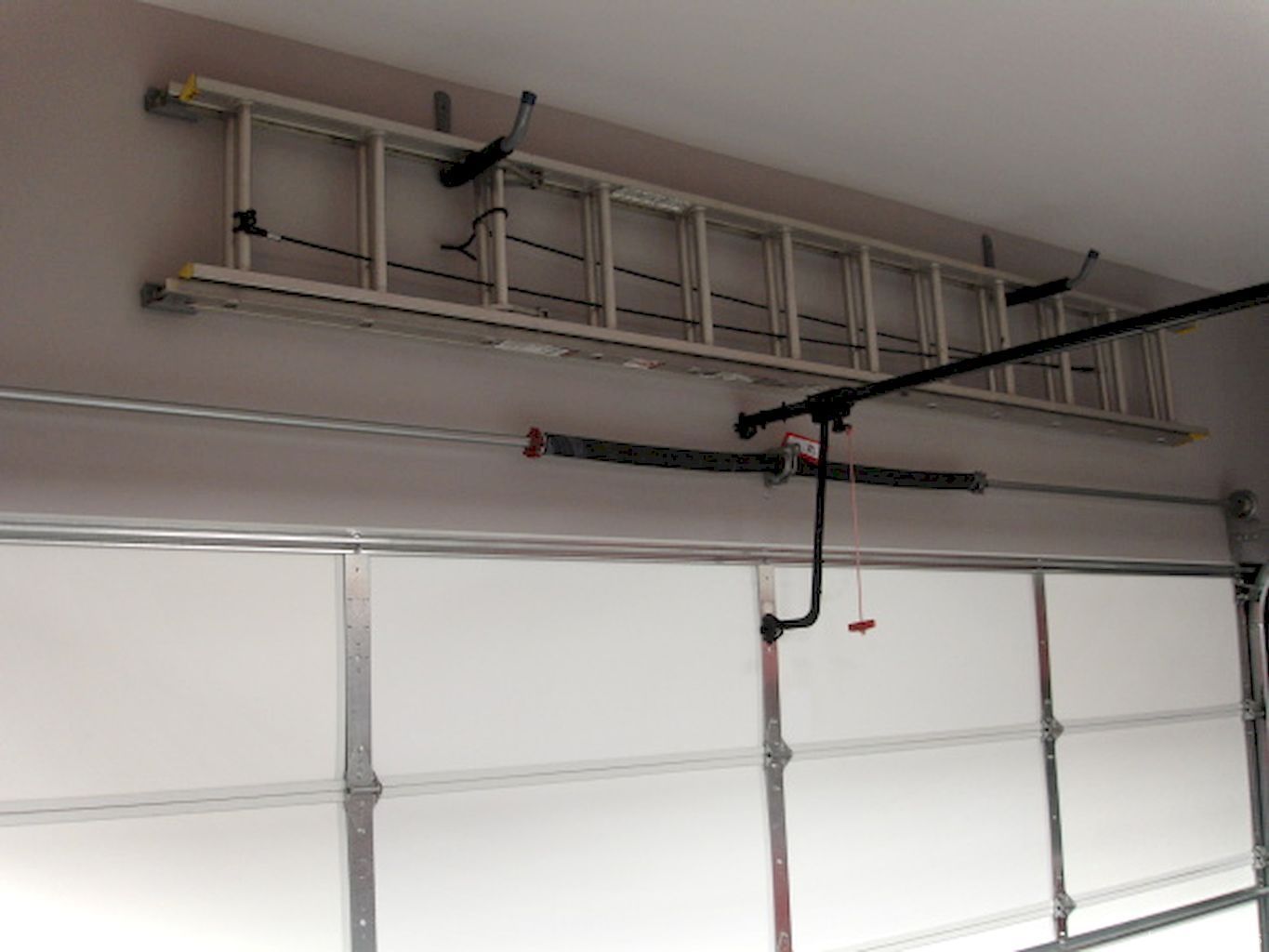
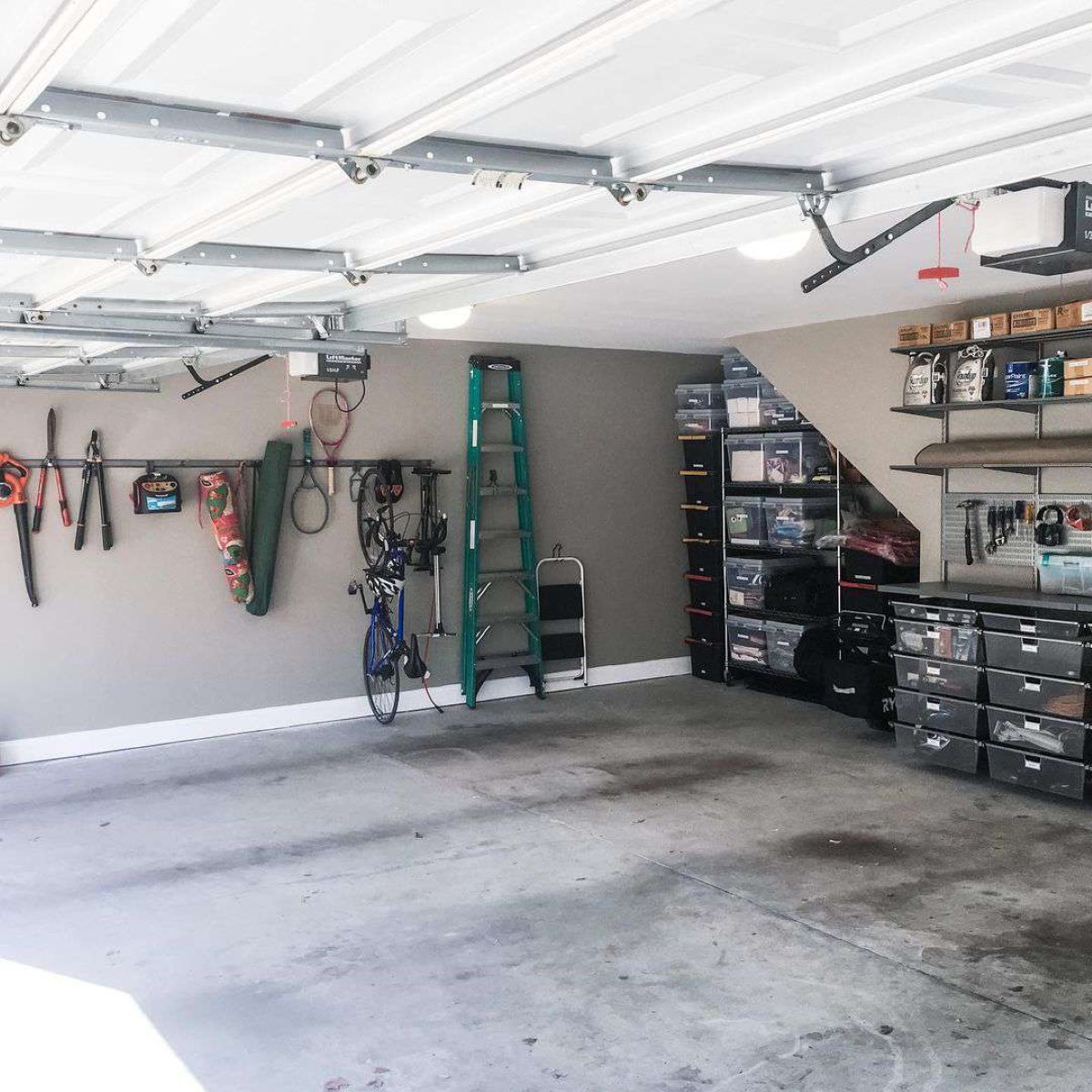
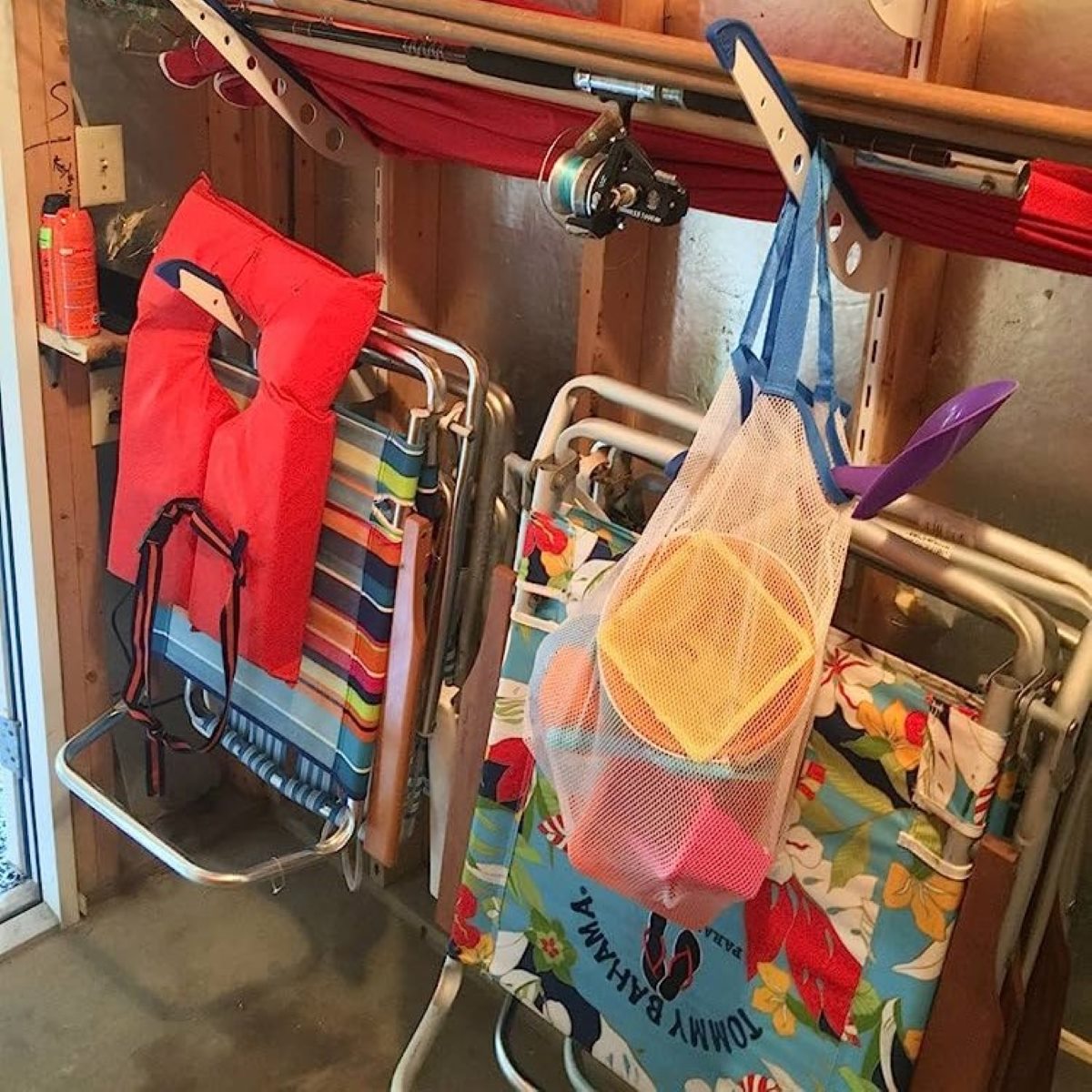
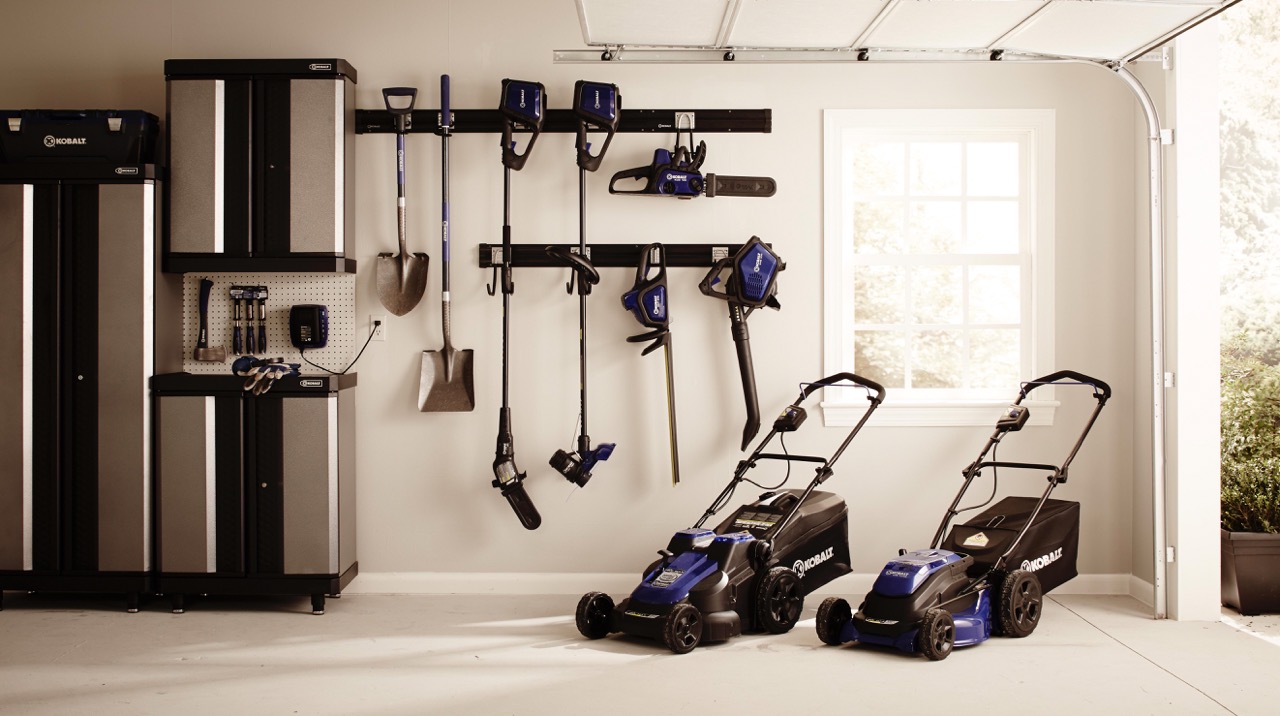

0 thoughts on “How To Organize A Camping Gear”